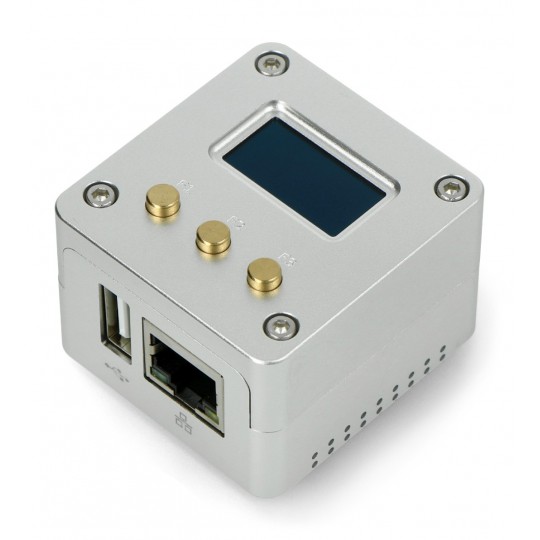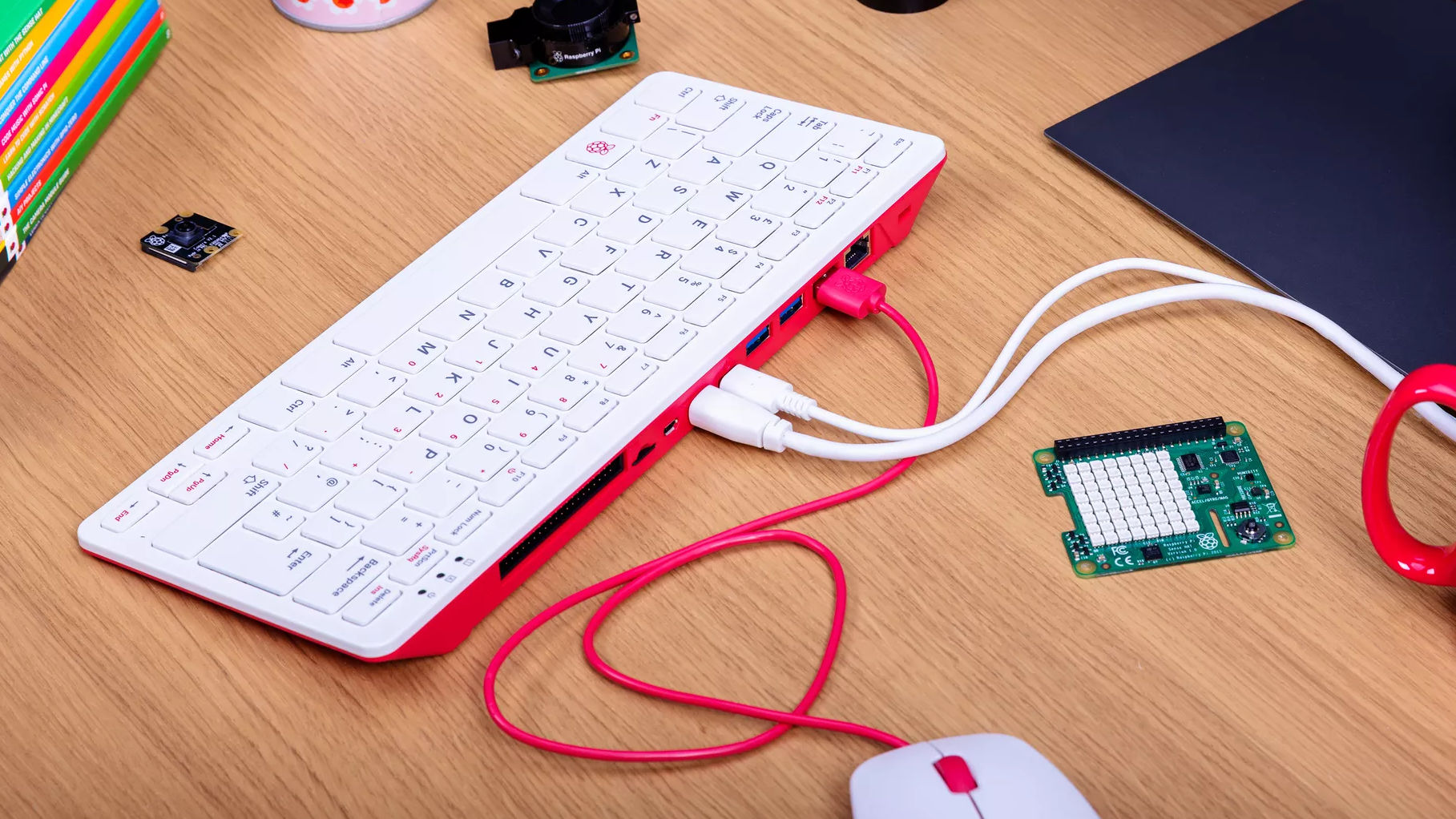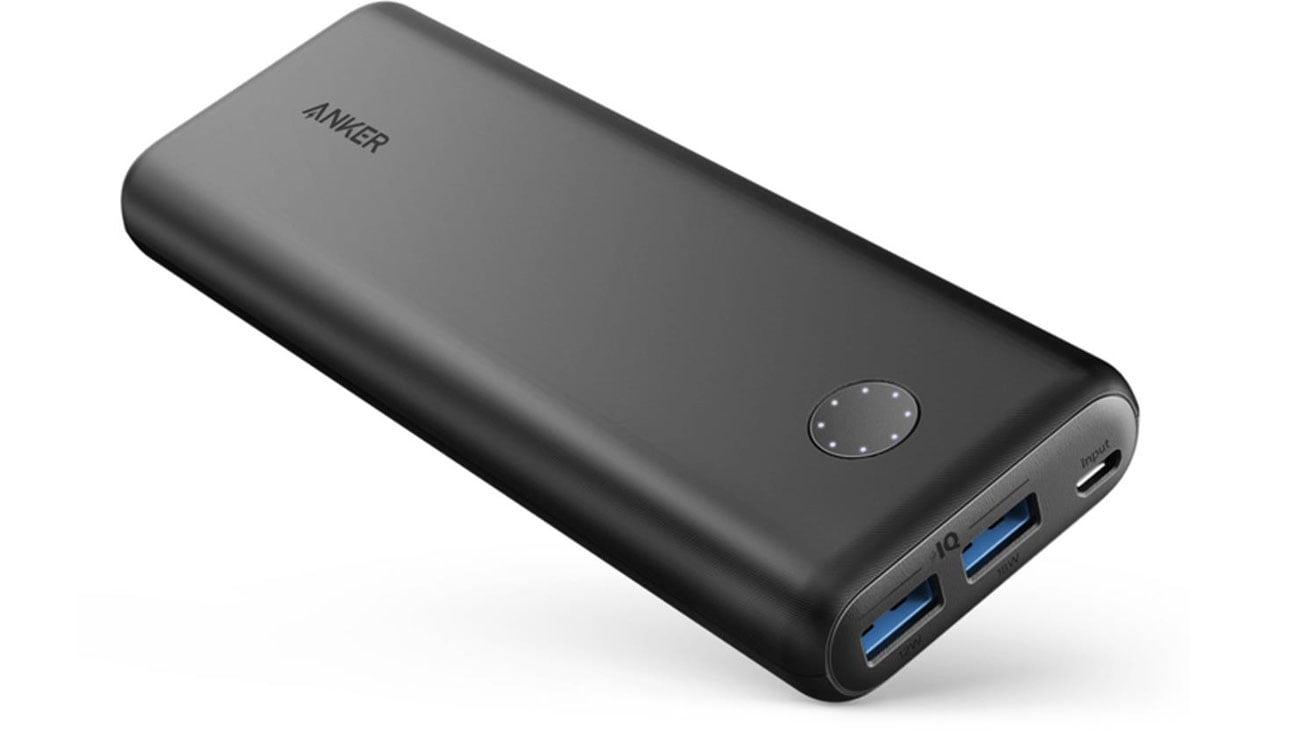-
Notifications
You must be signed in to change notification settings - Fork 1
Recommended hardware
If you're looking for recommended external storage devices, go to this page instead.
Mobile Badger can be run on any hardware, that:
- has at least 2 working USB ports (in some circumstances, just 1)
- is able to run Debian, Ubuntu, Kali Linux, Raspbian (or any other Debian clone) with systemd version 229 or newer (released 2016+)
This includes Raspberry Pi and its clones (if you expect discretion and mobility above all), through laptops, desktop computers, to servers. On this page you will find our insights and recommendations about choosing the proper hardware for your particular needs.
There are 8 key factors, that you should consider:
- your modus operandi (it determines all the rest, and it may differ between attacks):
- mobile, covert/concealed use
- mobile, explicit use
- stationary
- power (consumption, stability on not enough power, cooperation with power banks)
- general CPU and I/O performance
- number of available USB 3.0 (or newer) ports
- compatibility with display devices
- emphasis on standardization and interchangeability - or performance maximization (mobile version)
- working temperature and cooling issues (mobile version)
- encryption support (available on laptops only)
Below you'll find our 4 recommended computer models (depending on your modus operandi).
For fully concealed use: NanoPi-NEO2 + BakeBit NanoHat OLED
- absolutely the smallest one (just 40 x 40 mm)
- slow data transfers - general performance similar to Raspberry Pi 3B
- only 2x USB 2.0 ports
- only 512 MB RAM, which limits any possible future functionalities, eg. image recognition
- small power requirements, works very well with majority of power banks, cheap power supplies etc.
- uses customized version of Ubuntu 16.04 LTS
- 8-line text OLED display, showing current activities
- mini-jack sound output, 3 programmable keys, elegant case - easy to disguise as mp3 player
- price below $75
Good choice, if:
- you have plenty of time (eg. you're working with the victim 8h each day)
- you want to bring (and use) it hidden inside a protected area, without being noticed by anyone

- still one of the smallest models (just 48 x 48 mm)
- only 1x USB 3.0 port (requires either USB hub and BlinkStick Strip display, or working in full headless / fallback storage modes)
- faster CPU than NEO2, 2 GB RAM - enough for data exfiltration and possible future functionalities, eg. image recognition
- small power requirements, works very well with majority of power banks, cheap power supplies etc., no overheating problems
- uses customized version of Ubuntu 20.04 LTS
- comparing to NEO2: no LCD display, no buttons, no mini-jack sound output, plastic case instead of aluminum (but still good quality)
- price below $100
Good choice, if you can't entirely hide your activities, and instead want to disguise them to prevent raising questions - eg. use one of BlinkStick display device, built into some bigger construction, like police car dashboard.

- the fastest version of Raspberry Pi, with resolved overheating problem from Raspberry Pi 4
- 6-7x better CPU performance than Raspberry Pi 3B or above NanoPi-NEO2
- 2x USB 3.0 ports + 1x USB 2.0
- very power-hungry, requires USB power supply with real 3A or more (such power supplies or power banks are quite massive, which can be problematic in the field - choosing an ordinary laptop can be a better option then)
- tested with Anker PowerCore Select 20000 mAh power bank with 3A output (390g weight), works over 20h on idle
- 2x HDMI output (for 2 monitors) - assuming that there will be no problem with external HDMI monitors in the attacked place, it's still smaller, lighter and way less expensive than dedicated laptop
- compatible with most Raspberry Pi extensions, including Pimoroni Blinkt (Mobile Badger can display current activities using customizable color codes on Blinkt - so monitor is not required)
- uses either Raspbian Buster or Ubuntu 20.04 LTS for ARM (both 32 and 64 bit versions)
- price below $100
Good choice, if you don't need to hide your equipment, but still need it to be mobile.


- this particular model has 6x USB 3.0 ports, external power supply and case small enough to treat it as a mobile device
- Intel Core i5-6500T CPU gives totally outstanding performance, comparing to the above models
- you can install Debian Stretch/Buster, Ubuntu 18.04 / 20.04 LTS, or their any derivative (Mint, Mate, Kubuntu etc.)
- price below $300 (used, in very good condition, without SSD)
Good choice, if you exfiltrate data from mobile devices at your place (instead of in-the-field), especially if you do it at bigger scale (court laboratory etc.).


© Copyright 2020-2022 by Tomasz Klim Payload.pl